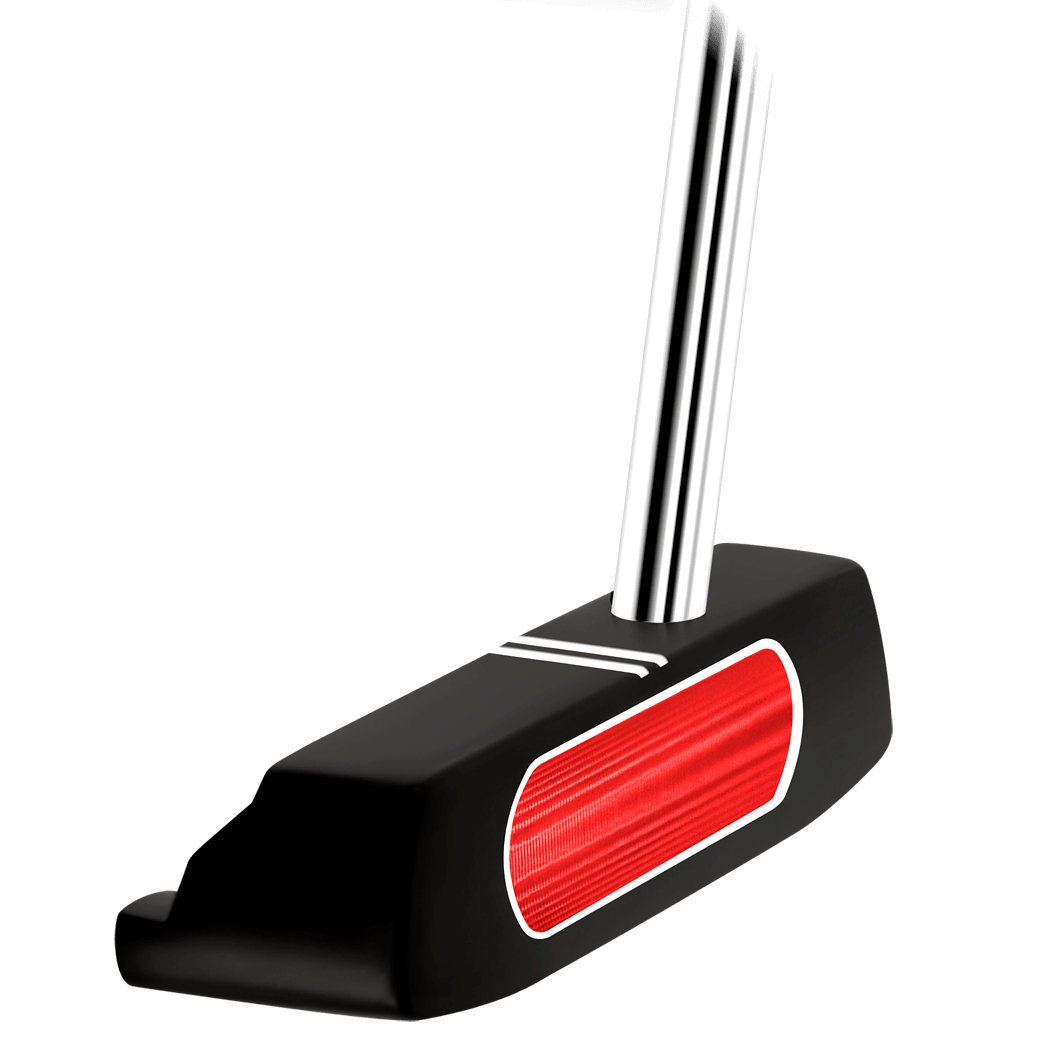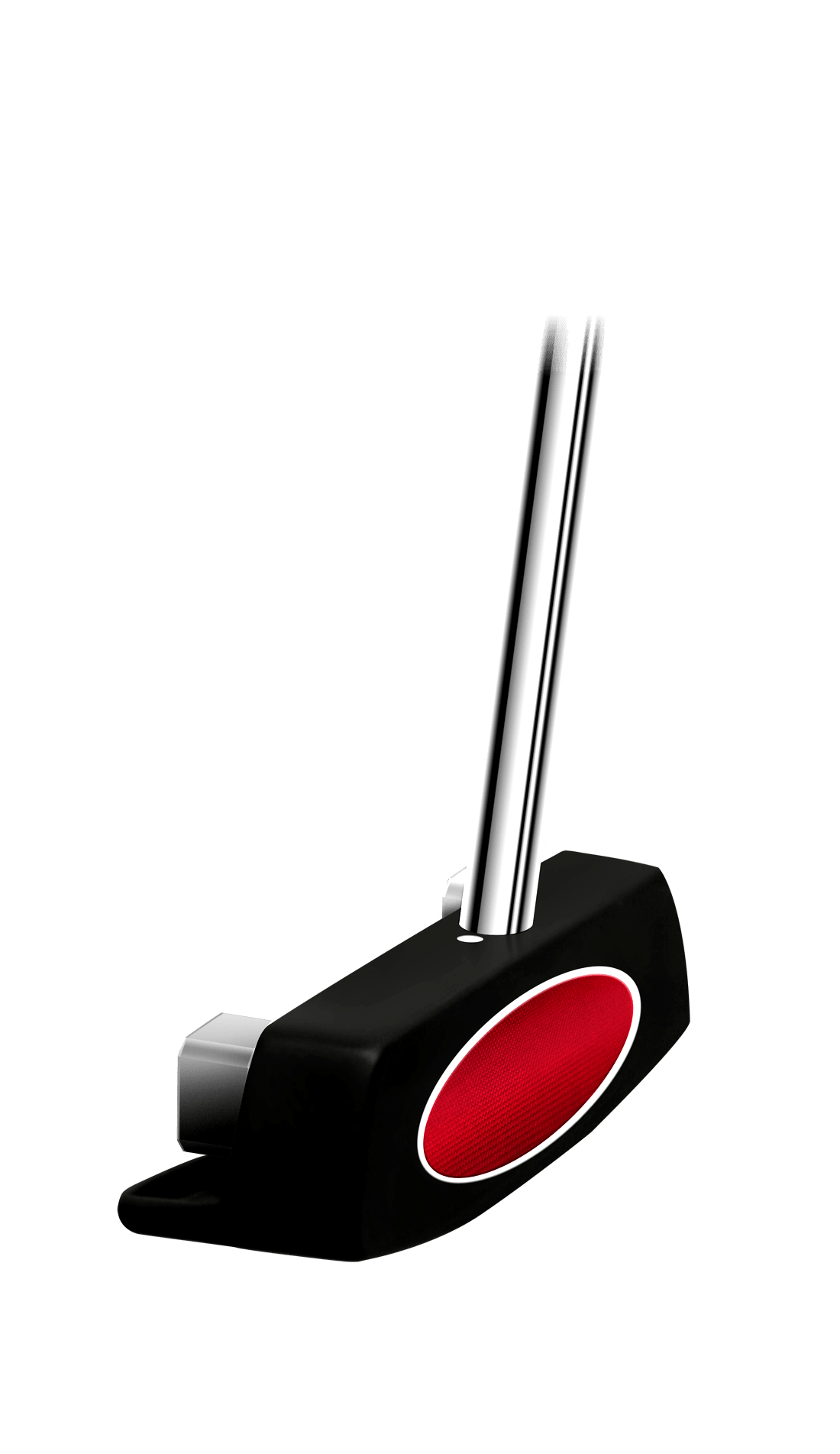
Move over Annika. So long, Lorena. Women’s golf has a new dominant force, and she may eclipse them all by the time she’s through.
Yani Tseng, just 23 years old at this writing, has picked up where retired LPGA greats Annika Sorenstam and Lorena Ochoa left off, and then some. Tseng has been all but unstoppable in her brief career, becoming the youngest golfer ever – male or female – to claim five major championships as a professional. She’s won 15 times in all, including seven in 2011 and three more in early 2012.
As if all that and a No. 1 ranking weren’t enough, Tseng made Time magazine’s list of the world’s 100 most influential people in April 2012. Tseng certainly exerts an influence on the golf ball thanks to her exceptional athletic ability and strength.
Tseng’s signature: Generates power from the ground up.
Who else does it: Tiger Woods, Rory McIlroy
Tseng flexes her knees more than most golfers, with a little more bend at the hips and a low hand position (close to her body) at address. This gives her a great deal of leverage, and she uses every bit of it.
Tseng makes a full shoulder turn on the backswing, but her hips hardly move at all. This creates a huge amount of coil or torque in the torso. Like nearly all pros, Tseng starts the downswing with a left hip rotation, pulling the club downward. At the same time, she lowers her body toward the ground, then springs upward at impact and into the follow-through. The resulting clubhead speed is the reason Tseng led the LPGA Tour in driving distance in 2011 with an average poke of 269 yards.
Why it works for Tseng: Initiating the downswing with the left hip (for right-handers) is the key to creating “lag.” This is when the angle between the left arm and club shaft actually becomes smaller as the hands drop into the downswing. When this stored energy is unleashed at impact, long shots ensue.
Tseng is very strong in the lower body, which gives her great stability as the upper body uncoils. Because her arms, hips and shoulders work in unison, she’s able to keep the clubhead on the proper path as her body rises up at impact.
How it can work for you: It helps to have strong hips and hamstrings, so a fitness regimen emphasizing those areas is highly recommended.
While her lower body drives much of the action, Tseng’s shoulder turn is also worth emulating. It’s neither too flat (horizontal) nor too upright (vertical), so she’s able to maintain a steady spine angle and head position throughout the swing.
Use these simple drills to get your shoulders and hips in synch and produce a great downswing lag. None of them require a ball:
- Make practice swings using a weighted club.
- Practice hitting an impact bag (available via golf retailers).
Working in slow motion from the top of your swing, rotate the hips and pull the arms and club down, holding the angle between arms and shaft. (In other words, keep the wrists hinged.) On the first few tries, stop when the hands reach waist height. The next few swings, stop a little lower. Finish with swings that stop with the hands at the impact position, but with the wrists still cocked.







